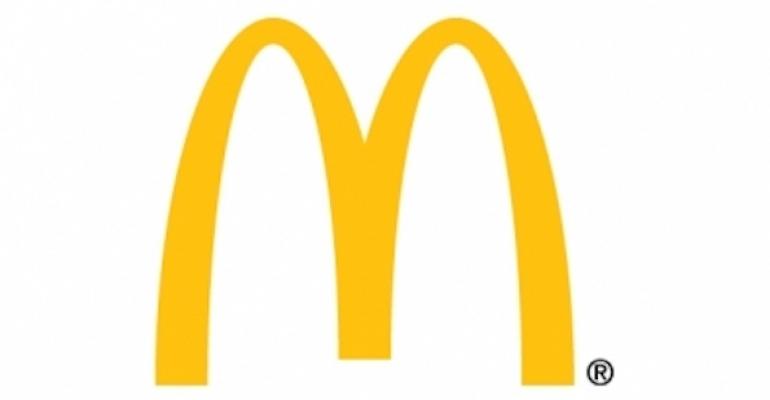 This post is part of the On the Margin blog.
This post is part of the On the Margin blog.
Is it any coincidence that the two biggest restaurant companies in the world are both in the process of strategic evaluations? No.
McDonald’s Corp. last week acknowledged that it is nearing a decision on what, if anything, to do about its real estate. Not long thereafter, Yum Brands said it was nearing a decision on its organizational structure, and placed the activist investor Keith Meister on its board.
Activist investors, and plenty of non-activist investors, are no fans of complexity. The more complex an organization, the more investors want them to simplify.
Both McDonald’s and Yum are big companies with complex structures, albeit in different ways. To investors, these complex structures hide valuable assets that could be spun off.
McDonald’s is the world’s largest restaurant chain. It also operates a complicated franchise business in which it controls the real estate on which its franchisees operate. It owns or leases the buildings, land or some combination thereof, and then leases that to its franchisees. Very few companies have a similar structure.
Investors have wanted McDonald’s to spin off this operation for years. The argument: McDonald’s stock trades like a restaurant. But its real value is in real estate. By spinning off that real estate, investors would receive value for both the restaurant and that real estate.
Yum Brands is also complicated. It operates three separate concepts, KFC, Pizza Hut and Taco Bell. It is franchised in most of the world. But in China, those restaurants are mostly company owned. And the brands in China are organized under a single company division.
The company gets most of its sales and profits from those Chinese restaurants. And so Yum’s stock trades based almost entirely on what happens in that country — which, in the past couple of years, has operated like a really fast and very bumpy roller coaster.
So investors want Yum to reorganize and simplify those operations. Activists, including Meister, have said they want the China business spun off and be a master franchisee of Yum and its three brands. That way, investors would get the benefit of the mostly franchised business (Yum) and the store operations in a fast-growing Chinese economy (Yum China).
Both situations are different. It likely would be much easier for Yum to spin off China than it would for McDonald’s to spin off its real estate — which would require the company to almost completely overhaul its culture in the process.
None of this is to say that spinoffs in either case would be a good idea. Critics have long charged that activist and other investors are too focused on short-term gains at the cost of long-term benefits. Some analysts in the Yum case in particular argue that spinning off China now would be a bad idea because the operations are struggling and would have a low value. And I predicted some time ago that McDonald’s wouldn’t ever spin off its real estate.
Yet they both represent the current reality facing publicly traded restaurant chains, even giant ones. Companies that start to show weakness leave themselves vulnerable to investors who want them to simplify their operations.
There are real downsides to companies and their board members that ignore such requests: Darden Restaurants last year ignored demands that the company spin off real estate and/or split into two or more organizations. It opted instead to sell Red Lobster. Investors subsequently replaced every board member.
Contact Jonathan Maze at [email protected]
Follow him on Twitter at @jonathanmaze

